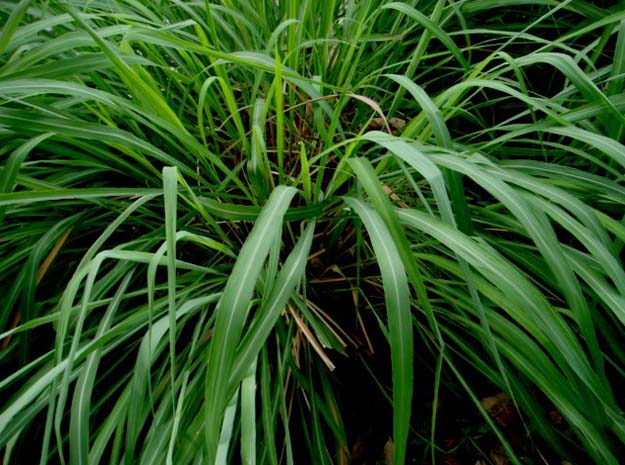
Cochin Grass, Malabar Grass
Genus: Cymbopogon
Botanical name: Cymbopogon flexuosus
PLANT NAME IN DIFFERENT LANGUAGES
Sanskrit: Karpuratrana, Sugandatrana
Hindi: Aghin ghas, Gandhatrina, Gauti chai, Khawi, Sera
English: Cochin Grass, Malabar Grass
Malayalam: Inchippullu, Enchippullu
MEDICINAL PROPERTIES
Cochin Grass is a perennial grass arising from a short stout rhizome. Culms (stems) are robust, up to 3 m tall, 1-2 cm in diameter. Leaf sheaths are hairless, ears often present. Leaves are linear, up to 1 m long, 1.5 cm wide, rough, base gradually narrowed, tip threadlike. Ligules are 2-5 mm. Flowers are borne in very large, lax, compound panicles grayish green, up to 60 cm or more, nodes bearded, branches numerous, drooping. Spatheoles are 1-2 cm; racemes 1-1.7 cm. Stalkless spikelets are narrowly elliptic-oblong, 4-4.5 x 0.8-1 mm. Lower glume flat or shallowly concave, usually slightly transversely wrinkled, sharply 2-keeled throughout, keels narrowly winged, wings 0.1 mm wide or less, obscurely 3-veined between keels; upper lemma awned; awn 0.8–1 cm. Stalked spikelets are 3.5-4 mm.
Cochin Grass is known for its invigorating and antiseptic properties. An excellent anti-depressant, it tones and fortifies the nervous system when used in an oil burner. An excellent pick me up when suffering from jet-lag and nervous exhaustion. The leaves are used for making decoction.
